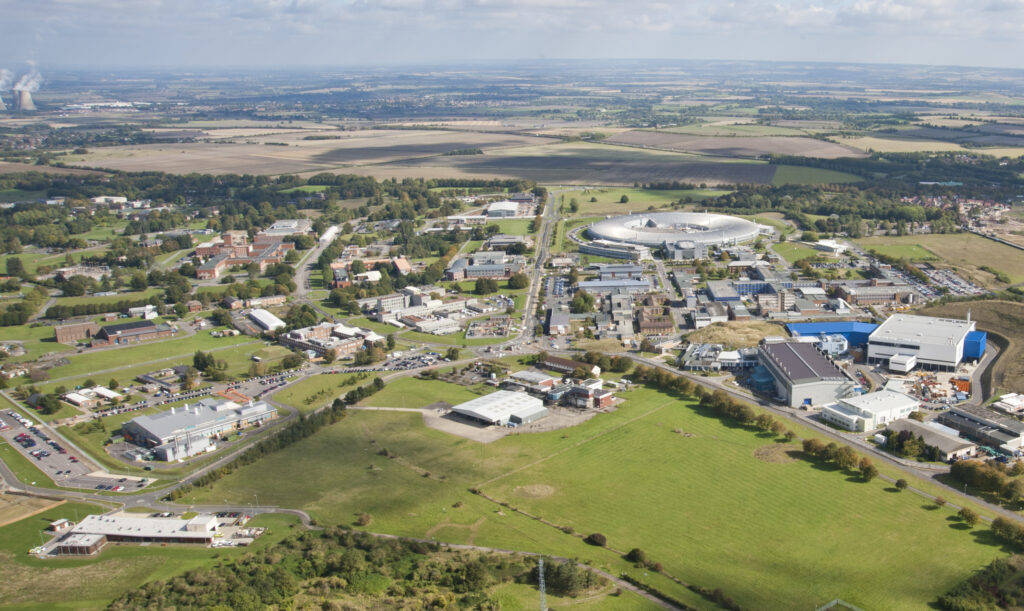
Physics has always been a subject that fascinates me. It is the foundation of our understanding of the universe, from the smallest subatomic particles to the vastness of cosmic structures. My passion for physics has only deepened over the years, leading me to pursue a BSc in Applied Physics and Microelectronics. This field of study has not only strengthened my appreciation for the discipline but has also allowed me to explore some of the most intriguing concepts in modern physics, including quantum mechanics, time, and space.
The Appeal of Physics
What draws me to physics is its ability to explain the fundamental workings of nature. Unlike other sciences that may rely on observation and experimentation with less fundamental constraints, physics provides a framework based on mathematical principles and empirical evidence. The laws of physics apply universally, from everyday phenomena like the motion of a car to the enigmatic behavior of black holes and quantum particles. This universality and consistency in physics make it a deeply satisfying subject to study.
Undergraduate Studies: Applied Physics and Microelectronics
My decision to pursue a BSc in Applied Physics and Microelectronics was fueled by my curiosity about how theoretical physics translates into real-world applications. Applied physics allows for a practical exploration of physical principles in technology and engineering, while microelectronics introduces the intricacies of semiconductor physics, circuit design, and nanotechnology.
During my undergraduate studies, I gained insight into topics such as solid-state physics, semiconductor devices, and quantum mechanics, which further fueled my enthusiasm for the subject. Learning about semiconductor materials, transistor operation, and integrated circuit design demonstrated how physics plays a crucial role in the technological advancements that define modern society.
One of the most fascinating aspects of my studies was understanding how quantum mechanics governs the behavior of electrons in semiconductors, enabling the creation of microprocessors and memory devices. The quantum mechanical nature of electron movement in materials such as silicon and gallium arsenide showed me how physics operates at a fundamental level, shaping the devices we use daily.
Work Experience at Rutherford Appleton Laboratories

During my university work experience year, I had the incredible opportunity to work at Rutherford Appleton Laboratories in the Space Science Labs, focusing on radiation detection and measurements. This experience provided me with hands-on exposure to cutting-edge research and development in space science, particularly in understanding how radiation interacts with different materials and detectors used in space missions.
My work involved conducting radiation measurements on detector systems, analyzing their response to various radiation sources, and helping to develop methods for improving detection sensitivity. The experience deepened my understanding of how radiation affects both space instruments and human spaceflight, reinforcing the critical role of physics in space exploration. Working alongside experienced scientists and engineers, I gained invaluable practical skills in data analysis, detector calibration, and experimental physics, which complemented my academic studies.
Quantum Mechanics: A Gateway to Understanding Reality
Quantum mechanics is one of the most intriguing and counterintuitive fields of physics. It challenges classical notions of reality, introducing concepts like wave-particle duality, superposition, and entanglement. These principles defy our everyday experiences, yet they are integral to the functioning of the universe.
One of the most captivating aspects of quantum mechanics is the idea that particles do not have definite states until they are observed. This notion, exemplified by Schrödinger’s cat thought experiment, highlights the deep philosophical implications of quantum physics. The idea that the mere act of measurement can alter a system’s state continues to fascinate and perplex physicists and philosophers alike.
Moreover, the phenomenon of quantum entanglement, where two particles remain correlated regardless of distance, suggests a deeper level of reality beyond our current understanding. This principle has practical implications in fields such as quantum computing and cryptography, where entanglement can be used to create ultra-secure communication channels.
Time and Space: The Fabric of the Universe
Another area of physics that captivates me is the nature of time and space. The theories of special and general relativity, pioneered by Einstein, revolutionized our understanding of the universe. The concept that time is not absolute but relative to an observer’s motion was a groundbreaking realization that continues to shape modern physics.
The idea that massive objects warp the fabric of space-time, as described by general relativity, explains gravitational phenomena and has been confirmed through experimental evidence such as gravitational lensing and the detection of gravitational waves. The notion that time slows down in stronger gravitational fields, demonstrated by the twin paradox, is both astonishing and counterintuitive.
Exploring the relationship between time and space has also led to fascinating discussions about the nature of black holes, wormholes, and the possibility of time travel. The study of black holes, where gravity is so intense that not even light can escape, reveals the extreme limits of our physical theories. Recent advancements, such as the imaging of a black hole by the Event Horizon Telescope, have further deepened our understanding of these cosmic mysteries.
The Intersection of Theoretical and Applied Physics
While I am deeply interested in the theoretical aspects of physics, I am equally fascinated by its practical applications. The intersection of quantum mechanics and microelectronics has paved the way for groundbreaking advancements in technology. The development of quantum dots, superconductors, and spintronics are just a few examples of how physics is shaping the future of science and engineering.
One of the most promising developments in modern physics is quantum computing, which leverages the principles of superposition and entanglement to perform computations at unprecedented speeds. Unlike classical computers that rely on binary bits (0 and 1), quantum computers use qubits, which can exist in multiple states simultaneously. This revolutionary approach has the potential to solve complex problems in cryptography, drug discovery, and artificial intelligence.
Another field that bridges theoretical and applied physics is nanotechnology, where quantum effects become significant at the atomic and molecular scale. The ability to manipulate materials at the nanometer level has led to advancements in medicine, electronics, and materials science, demonstrating the profound impact physics has on technological progress.
Future Aspirations and Continued Exploration
My passion for physics extends beyond my formal education, and I continue to explore new developments in the field. I am particularly interested in how physics can contribute to solving some of the world’s most pressing challenges, such as renewable energy, climate change, and advanced computing.
One area of particular interest is fusion energy, which has the potential to provide a nearly limitless and clean energy source. Understanding the physics behind plasma confinement, magnetic fields, and nuclear reactions is crucial for developing sustainable fusion reactors. The progress made by projects like ITER (International Thermonuclear Experimental Reactor) demonstrates how physics can play a pivotal role in shaping the future of energy production.
Additionally, my interest in the philosophical implications of physics continues to drive my curiosity. Questions about the nature of reality, the existence of multiple dimensions, and the possibility of a unified theory remain some of the most profound and unanswered mysteries in science. Exploring these questions through the lens of physics offers a deep and enriching intellectual pursuit.
Conclusion
Physics is more than just a subject to me—it is a way of understanding the universe and our place within it. From the fundamental principles of quantum mechanics to the grand-scale structure of space-time, physics offers an endless source of wonder and discovery. My journey through Applied Physics and Microelectronics has provided me with both theoretical knowledge and practical skills, allowing me to appreciate the profound impact physics has on the world.
The study of quantum mechanics, time, and space continues to challenge our understanding of reality, pushing the boundaries of human knowledge. As I continue to explore these fascinating topics, I remain excited about the future of physics and the discoveries that await. Whether through theoretical insights or technological advancements, physics remains a lifelong passion that fuels my curiosity and inspires me to keep learning and questioning the universe.
